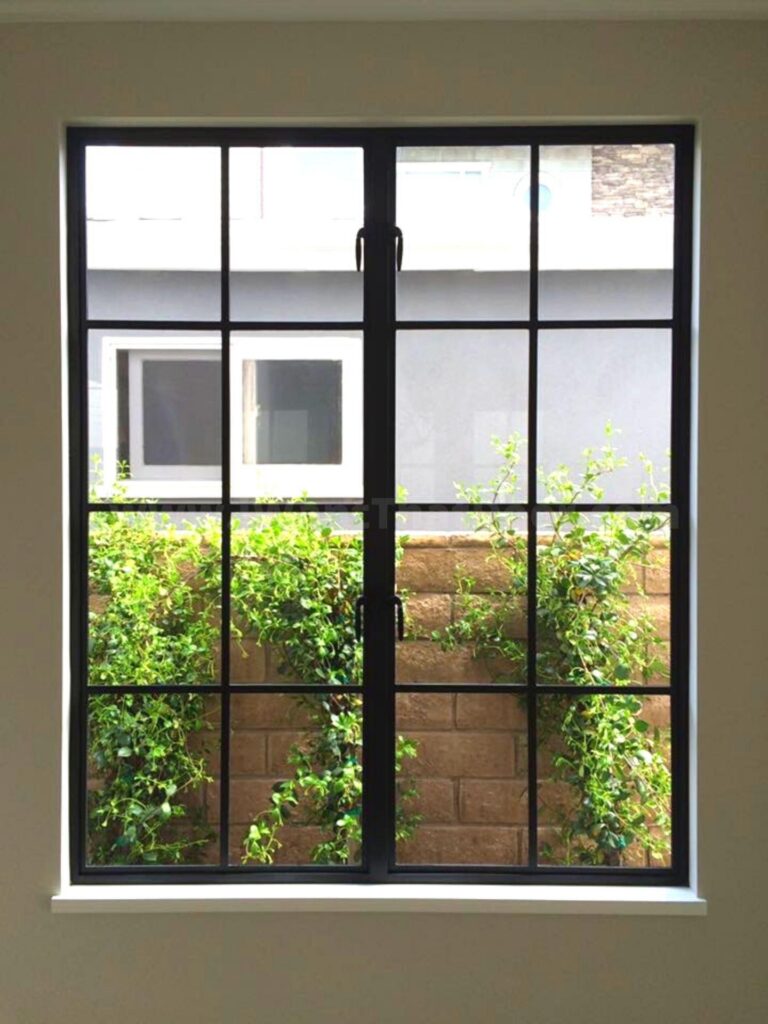A cedar fence company can significantly enhance your yard’s privacy and security, transforming your outdoor space into a more comfortable, safe, and visually appealing environment. Cedar wood is one of the most popular fencing materials due to its natural durability, aesthetic appeal, and practical benefits. When you hire a professional cedar fence company, you not only invest in a beautiful barrier but also gain a trusted ally in protecting your property and creating a private oasis. Privacy is often the primary concern for homeowners considering a fence, and cedar fences excel in this area. Unlike chain-link or wrought iron fences, cedar fences provide a solid, opaque barrier that blocks the view from neighbors, passersby, and potential intruders. This visual shield allows you to enjoy your yard, garden, or patio without feeling exposed. Whether you want to host gatherings, play with your children, or simply relax outdoors, a cedar fence can offer the secluded atmosphere you desire. A professional cedar fence company understands how to design and install fences that maximize privacy, including selecting the right height, panel style, and spacing between boards.

Beyond privacy, cedar fences also play a critical role in enhancing security. A sturdy cedar fence creates a physical barrier that deters unwanted visitors, trespassers, and even animals from entering your property. The solid construction and natural strength of cedar wood make it difficult to break or climb, reducing the risk of intrusion. Additionally, a well-installed fence can define clear property boundaries, preventing disputes with neighbors and discouraging accidental trespassing. Many cedar fence companies offer customization options, such as gates with locks and reinforced posts, which further increase the security of your yard. One of the reasons cedar fences are so effective is because cedar wood is naturally resistant to rot, decay, and insect damage. This means the fence maintains its integrity over time without requiring frequent repairs or replacement. A cedar fence company typically uses high-quality cedar, which ages gracefully, developing a rich patina that adds to your yard’s curb appeal while maintaining strength. The longevity of cedar ensures that the privacy and security benefits you gain are sustainable, making it a smart long-term investment.
A professional cedar fence company also improves your yard by enhancing its overall aesthetic. Cedar’s warm, natural tones complement many architectural styles and landscaping designs. The company’s expertise allows them to craft fences with clean lines and smooth finishes, integrating seamlessly with your home’s exterior and the surrounding environment. Companies skilled in fence installation ensure the fence is properly anchored and aligned, which is crucial for safety and durability. They can also advise on local building codes and homeowner association regulations, avoiding potential legal issues. Their knowledge of best practices means your cedar fence will stand strong against weather conditions like wind, rain, and snow, continuing to protect your yard effectively year after year. A cedar fence company improves your yard’s privacy and security by providing a solid, attractive barrier that shields your space from prying eyes and unwanted access. Cedar’s natural properties, combined with professional installation, create a durable fence that enhances both safety and aesthetics. Choosing a cedar fence company means investing in a functional, beautiful solution that elevates your outdoor living experience while protecting your home and family.
